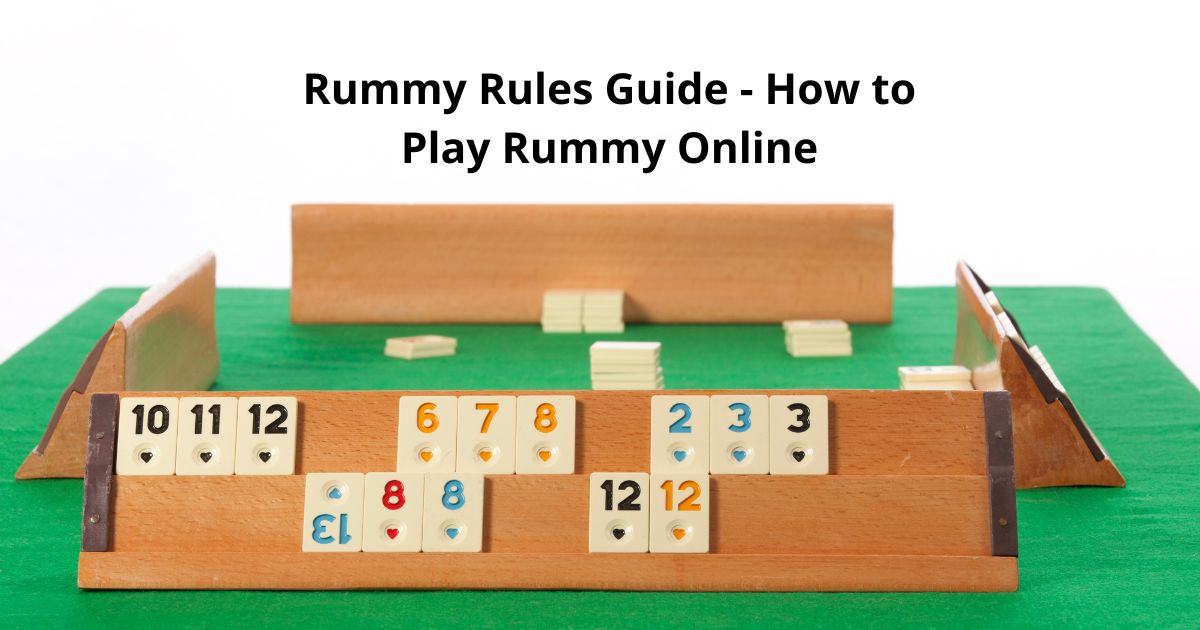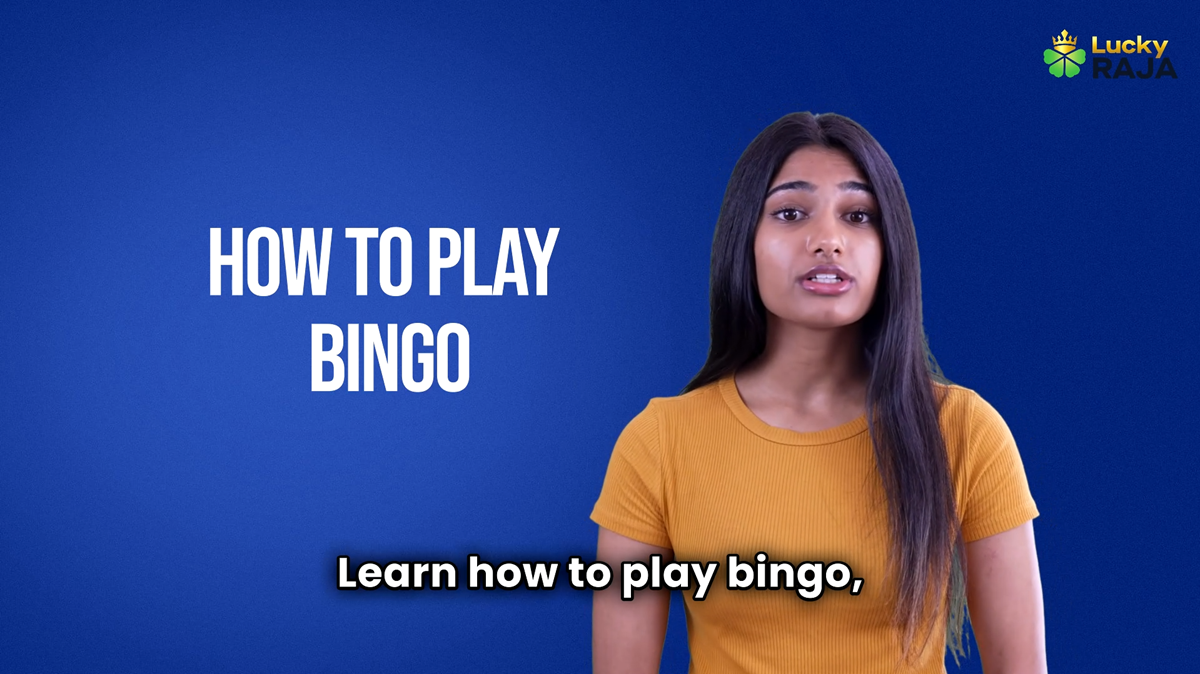Rummy, a card game steeped in tradition and strategy, has captivated players for generations. Its blend of skill, chance, and calculated decision-making has made it a beloved pastime in households and social gatherings worldwide. Whether you're playing a casual game with friends or engaging in competitive online tournaments, a solid grasp of Rummy rules is paramount. This guide aims to be your definitive resource, unraveling the intricacies of this engaging card game and equipping you to play like a seasoned pro. From understanding the basic objective to mastering advanced strategies, we'll explore everything you need to know to enjoy Rummy to the fullest.
At its core, Rummy is a game of melding. Imagine transforming a jumbled hand of cards into a symphony of organised sets and sequences. That's the essence of Rummy! The objective is to be the first player to arrange all your cards into these valid combinations, known as melds, and declare your hand.
- Sets: These consist of three or four cards of the same rank but different suits. For example, a set could be the 7 of hearts, the 7 of diamonds, and the 7 of clubs.
- Sequences (or Runs): These comprise three or more cards of consecutive rank and the same suit. A valid sequence could be the 4 of spades, 5 of spades, and 6 of spades.
The player who successfully melds all their cards first, leaving no deadwood (unmatched cards), wins the round. But it's not just about speed; strategy plays a crucial role.
Before we dive deeper into the rules, let's establish a clear understanding of the card hierarchy within a standard 52-card deck used in Rummy:
- Ace: The Ace holds a unique position in Rummy, acting as both a high and low card. It can form a sequence with 2 and 3, or with King and Queen. However, it cannot wrap around (e.g., K-A-2 is not a valid sequence).
- Number Cards (2-10): These cards carry their face value. So, a 5 of hearts is worth 5 points, and so on.
- Face Cards (Jack, Queen, King): Each face card carries a value of 10 points.
Understanding these values is crucial for calculating points at the end of a round, which we'll cover in detail later. Now, let's explore a card that adds an exciting twist to the game - the Joker!
The Joker, often depicted as a grinning jester, is a wildcard in Rummy, injecting unpredictability and strategic depth into the game. There are two types of jokers in Rummy:
- Printed Jokers: A standard 52-card deck includes two printed jokers.
- Wild Jokers: At the beginning of a Rummy game, a random card is selected as the wild joker. For instance, if the 6 of hearts is chosen, all 6s (hearts, diamonds, clubs, spades) become wild jokers for that round.
- Completing Impure Sequences and Sets: Jokers can substitute any missing card in an impure sequence or set. For example, if you have the 5 and 7 of spades, a joker can stand in for the missing 6.
- Strategic Discarding: Holding onto a joker can be tempting, but sometimes, strategically discarding one can mislead your opponents about your hand.
- Pure Sequences: A pure sequence must consist of natural cards only; jokers cannot be used to form a pure sequence.
- Multiple Jokers: You can use multiple jokers in a single impure sequence or set. For example, you could have a sequence like 8-9-Joker-Joker-Queen.
Jokers are powerful tools in Rummy, but they must be used wisely. Their presence opens up a world of possibilities, allowing for flexible melding and strategic manoeuvring.
As we've touched upon earlier, sequences (or runs) are the backbone of a winning Rummy hand. They add structure and significantly contribute to reducing your overall points. Let's break down the different types of sequences and their rules:
A pure sequence is the holy grail of Rummy hands. It's a combination of three or more consecutive cards of the same suit, formed without using any jokers. For example:
The importance of a pure sequence cannot be overstated. In most Rummy variations, you cannot declare your hand as a winner unless you have at least one pure sequence. It's the foundation upon which you build your other melds.
An impure sequence, as the name suggests, allows for a bit of flexibility. It's also a run of three or more consecutive cards of the same suit but can include one or more jokers to fill in missing cards. Here are a couple of illustrations:
- 2♦ 3♦ Joker 5♦ (Where the Joker substitutes for the 4 of diamonds)
- 7♣ Joker Joker J♣ (Where the Jokers represent the 8 and 9 of clubs)
While impure sequences are valid melds, remember that having only impure sequences won't lead you to victory; you need at least one pure sequence to declare.
While sequences involve cards of consecutive rank, triples focus on matching ranks across different suits. A triple (or set) consists of three cards of the same rank but different suits. Here's an example:
Jokers and Triples: Yes, jokers can join the party in triples as well! You can use a joker to substitute for a missing card in a set. For instance, 8♠ Joker 8♣ forms a valid triple.
The term First Life is often used to denote the formation of your initial pure sequence in Rummy. Think of it as a milestone, a stepping stone toward victory. Once you have your first pure sequence, you can breathe a little easier and focus on creating your second meld (which can be another pure sequence, an impure sequence, or a set).
Second Life comes into play once you have your first pure sequence established. This refers to the formation of your next valid meld, whether it's another pure sequence, an impure sequence, or a set of triples. The concept of lives emphasises the importance of forming melds strategically. Remember, you need both a First Life (pure sequence) and a Second Life (another valid meld) to declare and win.
Like any card game, Rummy comes with its own set of jargon and lingo. Understanding these common terms is crucial for smooth gameplay and strategic decision-making. Here's a breakdown of some essential Rummy vocabulary:
We've touched upon sets (or triples) earlier, but let's delve a bit deeper. A set in Rummy consists of three or four cards of the same rank but different suits. Here are the key rules for forming sets:
- Valid Suits: All four suits (hearts, diamonds, clubs, and spades) are valid for forming a set.
- Jokers in Sets: You can use a joker to substitute for a missing card in a set. For example, K♥ Joker K♣ forms a valid set.
- Sets vs. Sequences: Sets differ from sequences in that they require matching ranks, not consecutive ranks.
The discard pile is a dynamic element of Rummy, often holding clues to your opponents' hands and influencing your own moves. Here's how discarding works:
- Picking and Discarding: On each turn, you must either pick a card from the closed deck (face down) or the top card of the discard pile (face up). After drawing a card, you must discard one card from your hand, face up, onto the discard pile.
- Strategic Discarding: Don't discard randomly! Analyse your hand, the cards your opponents have picked or discarded, and try to deduce what melds they might be forming. Discard cards that are unlikely to help your opponents or that might mislead them about your own strategy.
In some Rummy variations, you have the option to drop out of a round if you feel your hand is too weak to win. This is a strategic decision aimed at minimizing your point penalty. However, dropping out comes with consequences:
- Initial Drop: If you drop out before playing your first turn (i.e., before picking or discarding any cards), you typically incur a smaller penalty (e.g., 20 points).
- Mid-Game Drop: If you choose to drop out after your first turn, the penalty is usually higher (e.g., 40 points).
- No Drop After Melding: Once you've melded cards on the table, you can no longer drop out of the round.
The decision to drop or not to drop is highly situational. If you have a very weak hand with high-value cards, dropping out early might be a wise move to cut your losses.
The Show is the climax of a Rummy round, the moment you declare your hand and aim for victory. Here's a breakdown of the process:
- Declaration: When you believe you've formed all required melds (at least one pure sequence and another valid meld) using all your cards, you can declare your hand by placing your final discard card face down and announcing Rummy or Show.
- Validation: All players reveal their hands. The player declaring Show must then arrange their 13 cards into valid melds for verification.
- Wrong Show Penalty: If the declaration is incorrect (e.g., a meld is invalid), the player receives a penalty, typically a significant number of points (e.g., 80 points).
The Show is a tense moment in Rummy, demanding both confidence and accuracy. Declaring at the right time with a valid hand is exhilarating, while a Wrong Show can be a costly mistake.
While the thrill of melding cards and declaring Rummy is undeniably satisfying, understanding the nuances of point calculation is crucial for overall success in the game. In Rummy, points are generally tallied at the end of each round, with the goal being to have the lowest score possible. Here's a breakdown of how points are typically calculated:
- Number cards (2-10): These cards carry their face value. For example, a 7 of diamonds is worth 7 points.
- Face cards (J, Q, K): Each face card is valued at 10 points.
- Ace: The Ace's value depends on its position in a run. When forming a sequence with 2 and 3, it's worth 1 point. Otherwise, it carries a value of 10 points.
- Joker: Printed jokers and wild jokers have zero points.
- Melded Cards: At the end of a round, players who have not declared Rummy count the points of all cards remaining in their hands that are not part of a valid meld.
- No Pure Sequence Penalty: If a player has not formed a pure sequence, all the cards in their hand are counted towards their penalty, even if they have other valid melds (impure sequences or sets).
- Maximum Point Limit: Most Rummy variations have a maximum point limit per round, often set at 80 points. This means that even if a player has unfolded cards exceeding 80 points, they are only penalised the maximum limit.
Example:
Let's say Player A declares Rummy with a valid hand. Player B has the following melded cards:
- K♥ (10 points)
- Q♠ (10 points)
- 9♦ (9 points)
- 6♣ (6 points)
- 2♥ (2 points)
Player B's total score for the round would be 37 points (10+10+9+6+2).
Winning and Losing:
Rummy games can be structured in various ways:
- Points Rummy: Players pay a fixed entry fee, and the winner of each round takes the entire pot based on the total points accumulated by the losing players.
- Deals Rummy: Players pre-decide the number of deals to be played, and the player with the lowest cumulative score at the end wins.
- Pool Rummy: Players aim to keep their score below a certain limit (e.g., 101 points). Players exceeding the limit are eliminated, and the last player remaining wins.
Understanding the specific scoring rules for the Rummy variation you're playing is essential. Pay close attention to point values, penalties, and the overall game structure to make strategic decisions that minimise your score and maximise your chances of winning.
The world of Rummy is vast and diverse, offering a fascinating array of variations, each with its own set of unique rules and strategic nuances. While the fundamental principles of melding cards into sets and sequences remain consistent, these variations introduce exciting twists and turns to keep the gameplay fresh and engaging. Let's embark on a journey to explore some of the most popular Rummy variations:
- Gameplay: As the name suggests, each player receives 13 cards. This is perhaps the most widely played Rummy variation, often serving as the foundation for other variations.
- Key Rule: Requires at least one pure sequence to declare Rummy.
- Popular Sub-Variations:
- Points Rummy: Players join with a fixed entry fee, and the winner takes the pot based on opponents' points.
- Deals Rummy: A pre-decided number of deals are played; the player with the lowest cumulative score wins.
- Pool Rummy: Players aim to stay below a point limit (e.g., 101). Exceeding the limit leads to elimination.
- Gameplay: Played with three decks of cards, each player receives 21 cards. This variation adds complexity due to the larger hand size and the use of multiple decks.
- Key Rule: Typically requires forming at least three pure sequences to declare Rummy.
- Strategic Depth: The increased number of cards and meld requirements create opportunities for more intricate strategies and longer gameplay.
- Gameplay: A fast-paced, two-player variation played with a single deck. The objective is to form melds (sets or runs) and reduce deadwood (unmatched cards) in your hand.
- Key Rule: Players can knock(declare) even without a pure sequence if their deadwood points are below a certain threshold.
- Strategic Focus: Gin Rummy emphasises quick thinking, calculated card discarding, and anticipating your opponent's moves.
- Gameplay: Often played for stakes, Indian Rummy is similar to 13-card Rummy but with variations in point calculation and game structure.
- Key Rule: Requires forming at least one pure sequence and one impure sequence to declare Rummy.
- Cultural Significance: Indian Rummy holds a special place in Indian culture, often played during festivals and social gatherings.
- Gameplay: An intriguing variation where points are tallied positively, and the first player to reach 500 points wins.
- Key Rule: Players can meld cards on the table even if they don't have a pure sequence initially.
- Dynamic Scoring: Points for melded cards are added to the player's score, while melded cards count against them.
This is just a glimpse into the diverse world of Rummy variations. Each variation offers a unique blend of skill, strategy, and excitement. Exploring these different formats can enhance your understanding of the game's depth and provide endless hours of entertainment. Remember to familiarise yourself with the specific rules of each variation before you play!
Rummy encompasses a family of card games with shared principles but variations in rules. The core objective remains consistent: arrange your cards into valid sets (three or four of a kind) and sequences (three or more consecutive cards of the same suit). You need at least one pure sequence (no jokers used) to declare a win in most variations. Specific rules regarding melding, scoring, and declaring vary depending on the Rummy version.
While you can use multiple jokers in an impure sequence, you can only use one joker per set. For instance, 5♠ Joker Joker would be an invalid set.
The number of cards dealt depends on the Rummy variation and the number of players. In 13-Card Rummy, the most common variation, each player receives 13 cards. In 21-Card Rummy, players are dealt 21 cards.
Generally, once a joker has been used to form a meld on the table, it cannot be replaced with the card it represents. However, some variations might allow for joker replacement under specific conditions.
The Ace's value in Rummy is flexible but not wrap-around. It can be used as a high card (A-K-Q) or a low card (A-2-3) but not both in the same sequence (K-A-2 is not valid)
This is referred to as a wrong show. If a player declares Rummy but their hand contains invalid melds or doesn't meet the requirements for a win, they typically receive a penalty. The penalty points vary depending on the Rummy variation but are usually substantial (e.g., 80 points).
The number of cards you can meld at once varies depending on the Rummy variation and the specific rules being used. In some variations, you might only be able to meld once you have a complete hand of valid melds. In others, you may be able to meld sets or sequences as you form them, potentially affecting your opponents' strategies.
In some Rummy variations, particularly those played for stakes, a Deal Show occurs when the losing player hasn't had a chance to play their first turn before the winner declares Rummy. This often results in a reduced penalty for the losing player. It's always wise to clarify any specific rule questions with your fellow players or refer to the rule book of the Rummy variation you're playing.









__1749472880-0.png)
__1748770448-0.png)





